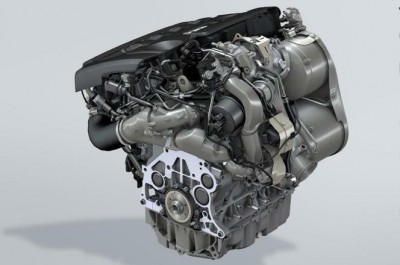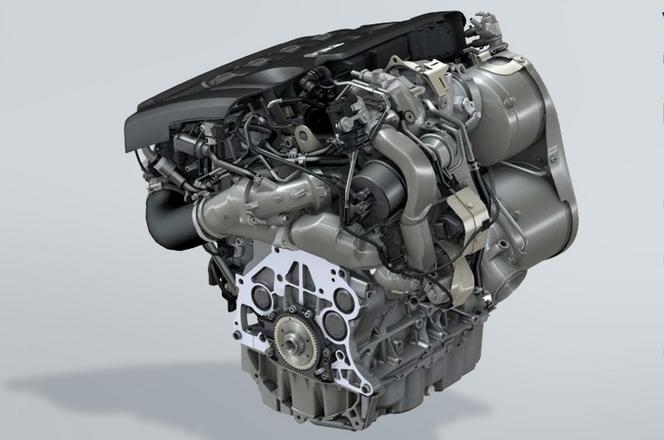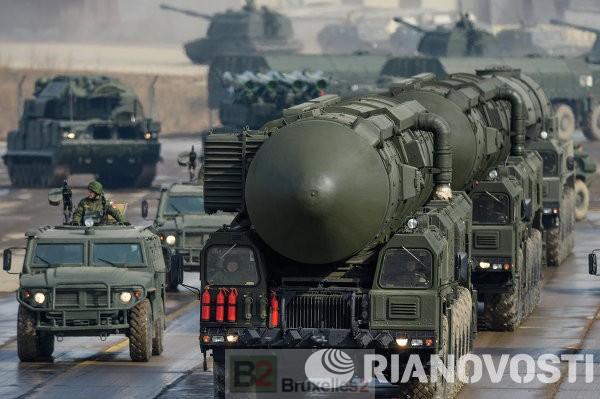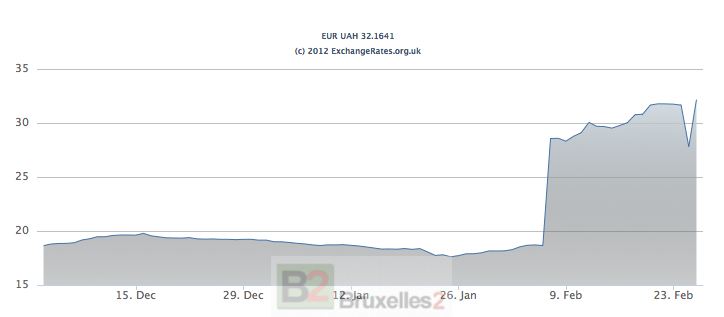Diesel engine pollution: a problem and not just at Volkswagen. The alert had been given
 (B2) Les services de la Commission européenne étaient avertis d’un net problème qui se posait dans la mesure de la pollution des moteurs diesel de Volkswagen mais pas seulement. Ce qui laisse à supposer que la fraude soit plus étendue qu’annoncé. C’est ce que révèle une note publiée le 22 octobre par le syndicat U4U (Union for Unity) of the European civil service.
(B2) Les services de la Commission européenne étaient avertis d’un net problème qui se posait dans la mesure de la pollution des moteurs diesel de Volkswagen mais pas seulement. Ce qui laisse à supposer que la fraude soit plus étendue qu’annoncé. C’est ce que révèle une note publiée le 22 octobre par le syndicat U4U (Union for Unity) of the European civil service.
A discrepancy between laboratory and road detected in 2011!
Le centre de recherches de la Commission (JRC) avait déjà dénoncé l’inefficacité des mesures de pollution des véhicules. Dans un article de 2011, des fonctionnaires européens, scientifiques du JRC l’avaient déjà noté : « Emissions from carbon dioxide on road. exceed from 21 +/- 9% les niveaux d’émission laboratory. Cwhich suggests that les tests d’émissions laboratory current do not manage to enter with precision the road vehicle emissions de Light vehicles. » These results provide « a base empirical for the European Commission to establish a procedure test d’émissions complementary recommended the researchers of the JRC (1).
Un écart énorme dénonce le commissaire à l’Environnement
La Direction générale (DG) Environnement de la Commission a également sonné l’alerte. Et le Commissaire de l’époque, le Slovène, Janez Potočnik, l’a dit, dès mars 2011, de façon plutôt intelligible. « Un problème qu’il faut mentionner est certainement aussi l’écart entre ce que nous appelons “les émissions de monde réel» et les émissions dans le cadre des normes. In recent years, there has been growing evidence that diesel-powered cars, vans, buses and trucks have higher emissions under real-world driving conditions than those mandated by law. Ceci est valable pour les nouveaux véhicules aux normes EUROV / 5 que ceux fonctionnant selon les (anciennes) normes l’EURO III et IV. »
Le gain d’une nouvelle norme totalement effacé
These differences can be enormous alerted the commissioner. " Dans certains cas jusqu’à 500% de la valeur limite. (And) nous prévoyons que la même chose se reproduira pour la norme EUROVI / 6 (…) au point qu’une grande partie des améliorations de la qualité de l’air prévues par l’introduction (de cette nouvelle norme) serait tout simplement effacée. »
Reform proposals stalled
The Commission was aware of these problems and proposed measures. Dans la communication sur les voitures propres et économes en énergie, d’avril 2010, le commissaire chargé de l’Industrie et des Entreprises Antonio Tajani avait proposé le développement d’un nouveau, et plus réaliste, cycle d’essais, avec l’introduction de tests supplémentaires et de dispositions anti-falsification. For heavy vehicles, these additional tests have been introduced into the EUROVI legislation. Pour les voitures, c’était beaucoup plus tangeant. « I am working closely with Vice President Tajani to ensure that the necessary technical developments are completed in 2013 » disait Potočnik. De fait, fin 2013, le Commissaire et son collègue de la Santé, Tonio Borg, avaient bien proposé un train de mesures pour améliorer la qualité de l’air. Mais le dossier fut « blocked by the General Secretariat (of the Commission), the College under the Barroso Presidency and the Council ” specifies the European union which intends to denounce the agreed silence which surrounded this decision.
… pour protéger l’industrie automobile
« European leaders, by failing to act on this report, participated in deceiving the public, who could feel protected by environmental standards and indicators. The myth of "clean diesel" was born from these misleading indicators. Undoubtedly, the desire to “protect” the European automobile industry played a role, but ultimately the media damage will undoubtedly lead to a loss of public confidence in European policy for a clean planet. An opportunity was also lost to promote the European civil service explains U4U. And to conclude. The Volkswagen Affair must encourage us to reflect more broadly on the functioning of the European institutions and the mechanisms of democratic control, to make them more effective and to establish the credibility of the European institutions on a solid basis write the European trade unionists not without reason.
(NGV)
(1) “On-road carbon dioxide emissions surpass laboratory emission levels by 21 ± 9%, suggesting that the current laboratory emissions testing fails to accurately capture the on-road emissions of light-duty vehicles. Our findings provide the empirical foundation for the European Commission to establish a complementary emissions test procedure for light-duty vehicles.”
(2) I said I also wanted to talk about urban air quality. The reasons for poor air quality in our cities are well known. There are more of them, than I could cover in one speech. The short version is that the main culprits are industry, transport, energy production, agriculture and households. Particulate Matter, Nitrogen dioxide and ozone are the main causes of concern with regard to health. (…) One problem worth mentioning is certainly also the discrepancy between what we call “real world emissions” and the emissions under the standards. In recent years, there is increasing evidence that diesel cars, vans, buses and lorries have higher emissions under real driving conditions than those prescribed by legislation. This applies to newer EUROV/5 vehicles as well as to EURO III and IV. These differences can be enormous – in some cases up to 500% of the limit value in the type approval. We anticipate that the same will be the case for EUROVI/6 should we not be able to resolve this gap between the objective in the legislation and the amount emitted in reality. The result would be that a big part of the predicted air quality improvements expected through its introduction would be simply wiped out. (…) The Commission has recognised these problems and has already taken some action. In the Communication on Clean and Energy Efficient Cars, from April 2010, my colleague Antonio Tajani proposed how we could rectify this situation. This included the development of a new, global, and more realistic test cycle, the introduction of additional off-cycle tests, so-called portable emission measurement systems, and the introduction of anti-tampering provisions. For heavy-duty vehicles, these are now part of the type-approval legislation for EUROVI. For cars, I am working closely with Vice-President Tajani to ensure that the necessary technical developments are completed by 2013



